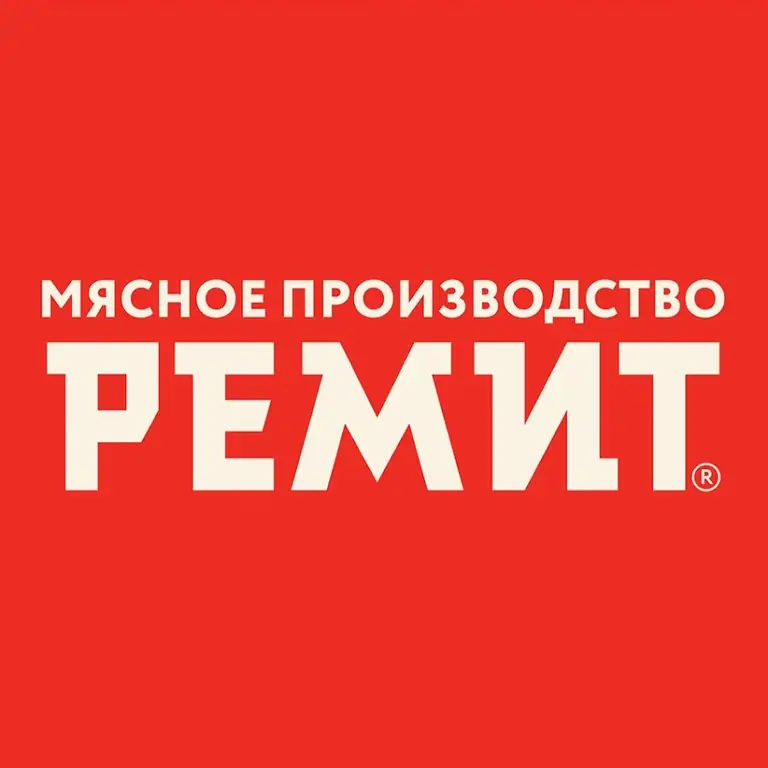2026 Author: Howard Calhoun | [email protected]. Last modified: 2025-06-01 07:12:56
Special marking on goods in the form of a barcode is familiar to everyone, but not everyone knows how to extract information from it. Meanwhile, it serves as a carrier of all important information about products and is the main assistant in accounting for goods sold by any trade enterprise.

Who invented the barcode
The idea of creating a code containing basic product information belongs to Bernard Silver, a PhD student at Drexel University in Philadelphia.
After trying all kinds of marking methods, he settled on a method involving the use of ultraviolet ink. The technology turned out to be imperfect - the use of such inks was financially costly, and they faded over time and soon disappeared completely.
The impetus for the creation of the barcode was Morse code, Silver converted dots and dashes into lines, obtaining a better marking method.
The barcode appeared in 1949, but the lack of special equipment for reading information prevented the timely implementation of the development in various industries. To encode product information, it began to be used 10 years later, whencomputers and laser equipment.
The barcode originally had an oval shape, and Wrigley's chewing gum (1974) was the first product sold by scanning it.

Information encrypted in a barcode
Today, almost all products have their own unique code. The manufacturer reserves the right not to put it on the goods, but in this case, their sale will be difficult or not possible at all - the vast majority of outlets do not accept products without a barcode.
The following information is encrypted in it:
- manufacturing country;
- manufacturer;
- product code.
How to decode a barcode
The European standard barcode (EAN) has 13 digits, less often - 8 (applied to packages of very small sizes), 14 digits has the ITF system. Each digit is encoded with bars and spaces for the device to read the information.
The first 2 or 3 digits is the code of the country where the product was manufactured. Most common codes:
- 30 - 37 - France;
- 45 - 49 - Japan;
- 50 - UK;
- 84 - Spain;
- 400 - 440 - Germany;
- 460 - 469 - Russia;
- 690 - China;
- 481 - Belarus;
- 890 - India.
The following 5 digits are assigned by the authorized body of each country to the manufacturer.
The numbers, except for the last one, are the product code that is installedmanufacturer. These numbers contain identification data - name, article, grade, size, color, weight, etc.
The last digit of the code is a control, with its help the authenticity of the application and, accordingly, the products are verified.

How to check the authenticity of a product using a barcode
Barcoding of goods and products greatly simplifies the work of manufacturers, logistics companies, retail outlets. In addition, each person can check the product for authenticity by arithmetic calculations, using the numbers printed on the barcode.
It is important to understand that this method does not have a 100% guarantee, as there is a possibility of placing a fake product or food in the original primary packaging.
The calculation sequence is as follows (the check digit is never taken into account):
- add together all the numbers in even places;
- multiply the result by 3;
- add numbers in odd places;
- add together the results obtained in the two previous steps;
- delete the first figure from the sum;
- subtract the last result from 10.
Products are considered original if the calculation result matches the check digit.
Example - item with barcode 8904091116621:
- 9 + 4 + 9 + 1 + 6 + 2=31;
- 31 x 3=93;
- 8 + 0 + 0 + 1 + 1 + 6=16;
- 93 + 16=109;
- the first one is removed from the resultdigit, it turns out 09, i.e. 9;
- 10 - 9=1.
The number 1 corresponds to the check digit, this gives reason to assume that the product is original.
How information is read
Today, the technology of barcoding goods allows you to encrypt a large amount of information, and barcodes are increasingly applied to products in the form of smaller matrices.
Organizations involved in the transportation, acceptance and sale of products register them in the barcoding program for goods. For maximum control of their movement, up to sale to the final consumer, a computer and a laser scanner are used.

Laser beams, falling on the barcode, fix changes in the reflected light. Information about these changes enters the computer in the form of symbols encrypted in a bar code. A comparison of the received characters with those available in the database is started. When an exact match is found, the information is displayed on the screen.
Barcoding products allows you to get the information you need in a fraction of a second, which greatly simplifies the process of moving them.
Barcoding of goods in 1С
Some organizations prefer to use their own barcoding system for goods for easy tracking of their internal movement. In addition, upon acceptance, the integrity of the package may be violated, which will make the scanning process impossible. In this case, creating your own barcode is a must.
To processreading did not slow down, it is advisable to use unique codes.
In the 1C: 8.2 program, barcoding of goods is carried out in the item cards. Barcodes are displayed in all tabular sections in the "Products" tab, in the item list.
If for some reason the information from the barcode is not read by the scanner, it is possible to enter it manually using the "Enter barcode" or "Search barcode" commands.

Retail barcoding
Using product barcoding in retail stores will help in many ways:
- implementation;
- accounting for movement within an outlet (for example, from a warehouse to a trading floor);
- pricing;
- establishing a discount system.
For the successful implementation of the automatic process of reading information, you need to configure the necessary parameters in the 1C system and purchase equipment.
The program settings are changed in the tabs: "Store", "Warehouses", "Products", "Prices", "Discounts", "Permissions".
Required equipment for work are:
- scanner - wired or wireless, small retail store will need one handheld scanner;
- fiscal registrar - stores information in memory and prints receipts, its operation is controlled by software installed on the computer;
- label printer - for a point where new price tags are often printed, suitablesmall thermal printers.

Today, the use of barcodes allows you to get all the important information about any product in a short time and carry out the process of moving it as quickly as possible.
Recommended:
Excisable goods are recognized List of excisable goods

Excises are a type of indirect taxes. They are levied on payers who produce and sell certain categories of products. Excises are included in the cost of goods and, accordingly, are passed on to the final consumer
Goods and products from Germany. Drinks and sweets from Germany

It seems that in the modern world there is practically no room left for food shortages. However, when traveling abroad, Russians often bring home products that they cannot find in stores within the country. And now we are not talking about sanctions at all
Preparing goods for sale. Types and purpose of goods. Pre-sale preparation

Preparation of goods for sale includes a whole range of actions necessary for quick turnover and increase the profit of the outlet
Re-sorting of goods is a simultaneous shortage of one item of goods and a surplus of another. Accounting for sorting during inventory

When conducting an inventory at trading enterprises, shortages, surpluses, and regrading are often revealed. With the first two phenomena, everything is more or less clear: there is either a lot of this or that product, or a little. Re-sorting of goods is a rather unpleasant and difficult situation
REMIT Meat Processing Plant LLC: feedback from customers and employees, manufactured products and quality of meat products

REMIT reviews are of interest to customers who are considering options for cooperation with this company, and employees who expect to get a well-paid and stable job. In this article, we will talk about this meat processing plant, what products it produces, whether its quality corresponds to the declared one, what its employees and partners say about the enterprise

